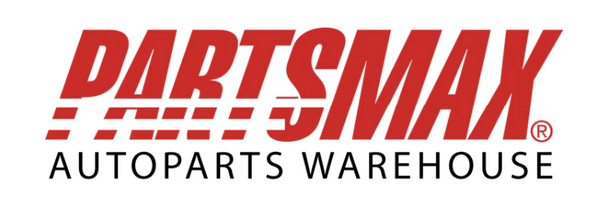The car radiator and how it works
A coolant solution of water mixed with antifreeze (ethylene or propylene glycol) is pumped through the hollow passages of your engine block and head by a coolant pump inside the engine block. These hollow passages forged into the metal of the engine components form what is known as a water jacket. The water jacket design was engineered by Audi to provide a greater level of control over engine temperature. Your radiator is a heat exchanger that is mounted on the front of the vehicle to transfer the heat of the coolant solution into the atmosphere. The car radiator is the critical component that allows the thermal energy to transfer into the atmosphere.
Efficiency of Radiator Design
The radiator is connected to the engine with pressure-rated rubber hoses and clamps. The radiator is designed with various thick or thin tubes that can be either vertically or horizontally situated. Most tubes today are horizontally situated. The thinner the radiator design is, it will have better airflow and cooling. And radiators with thicker tubes transfer and cool the coolant faster. The coolant solution is circulated by the water pump inside the engine block at a temperature that is just under the boiling point. The pressurization of the coolant raises the boiling point and allows the engine to run hotter.
The radiator design maximizes the surface area by using heat conductive metals arranged in finned rows that are densely situated. This design provides for the most surface area per square inch and allows heat to escape quickly from the air pressure. If the engine is too hot and the car is idling, the shroud fan that is mounted in front of the radiator will cycle on. If the vehicle is moving, the air pressure from the speed of the vehicle being diverted into the grille may be sufficient to dissipate the heat.
Air-Cooled Engines
The car radiator has essentially taken the concept of an air-cooled engine and refined it by transferring the heat to a specialized component with better airflow and more surface area per square inch. There are not many air-cooled vehicles on US roads today because they can fail more subtly without a lot of white coolant plumes to warn you something is wrong. The air is jetted across cooling fins of the engine itself to dissipate heat and works better in some designs than others. There is typically a temperature-sensitive valve to control the airflow that is being jetted in from an engine driven fan.
Radiators Prevent Catastrophic Meltdowns
Your car radiator is the only thing keeping your pistons from melting and your engine from seizing in late-model vehicles. The modern vehicle engine typically has lighter aluminum pistons for faster revving. The pistons expand as the engine heats and are literally running at just below the melting point of the metal at operating temperatures. The metals tend to warp and deform if they are overheated and cool back down. The most common incidence of this is when an aging head gasket blows out from the pressurized coolant circulating in its water jacket passages. The engine overheats and warps the mating surface of the cylinder head.
Sealed Circulation/Coolant Pressure
Because the pressure of the coolant itself is enough to damage the engine when it is overheating, there is a relief valve built into the radiator caps or expansion tank. If the pressure exceeds a certain PSI rating, the relief valve will open and divert pressurized coolant out from an overflow hose or pipe. An expansion tank is an additional safety measure in some vehicles that cushions the pressure of the sealed coolant system with air and thus allows it to safely expand without venting off. Allowing air in an ordinary cooling system would form an airlock that blocked circulation.
New Aftermarket Parts in Miami
When you need aftermarket parts in Miami for your automotive cooling system, PartsMax has a wide selection of high-quality made-to-fit products. These may be upgrades to your original cooling system. Aluminum radiators tend to develop pinhole-sized leaks that are impossible to weld and repair. Copper-Brass radiators tend to leak at the joints. PartsMax has the right aftermarket parts in Miami at our warehouses and ready to ship nationwide.


